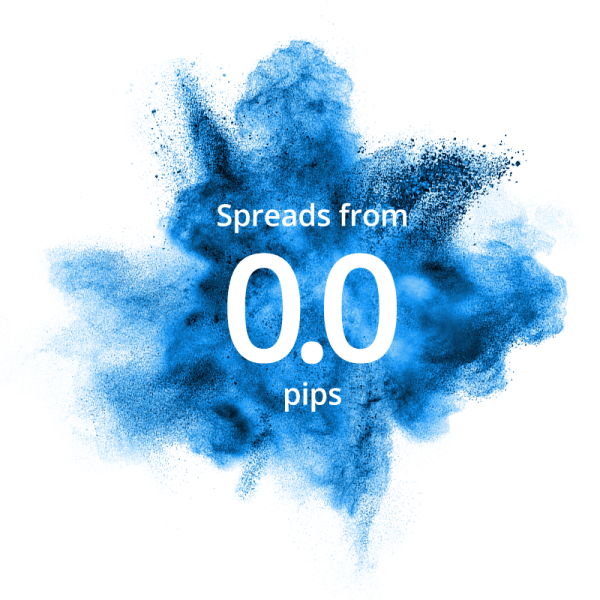Forex Charts Explained

Forex Charts Explained - Blackwell Global Investments - Forex Broker
A key part of Forex trading is interpreting price data that you see on screen. But what’s the best way to interpret this data? In this article, we explore the different types of charts you can use, including line charts, bar charts and candlestick charts.
The importance of Forex Charts
Before we explore the different types of charts that are available to you, it’s important to recognise why they are important.
Most Forex traders use a methodology called Technical Analysis to place trades. This requires traders to view historical price data of any given currency pair in order to make a trading decision. All this information is comprised in Forex Charts.
This historical price data is represented on a price chart.
There are different types of price charts available for traders to use. Each type communicates different information about the price data. That’s why it’s important to learn how to read line charts, bar charts and candlestick charts.
Line Charts
Line Charts are one of the easiest type of Forex charts to understand. There are two axes on a standard line chart. The horizontal axis, often called the x-axis, represents time. The vertical axis, often called the y-axis, represents the price of the chosen currency pairs.
Line Charts are useful because of their simplicity. They can quickly give you an overall picture of how the price of a currency pair has moved over a specific time period.
Bar Charts
Bar Charts are a little more complicated to read when compared to Line Charts But when you know how to read them, they will likely become an important tool in your arsenal.
Again, the horizontal axis represents time (the timeframes across the horizontal axis can be altered). The vertical axis represents price.
Bar Charts are primarily used to visually communicate a currency pair’s high, low, open and close prices over a particular time frame. The high and low prices are represented by a vertical bar. The open and close prices are represented by two small horizontal lines either side of the bar. The left horizontal line is the open price, while the line on the right side is the close price.
Candlestick Charts
In many ways, Candlestick Charts are an evolved version of Bar Charts. They also communicate a currency pair’s high, low, open and close price. In addition, they also utilise colour to communicate whether the price of a currency pair has increased or decreased over a particular period of time.
There are multiple important elements to a candlestick.
First you have the vertical body, which represents the open and close price of the currency pair. The colour of the candlestick body is indicative of whether the price has increased (white/blue/green) or decreased (black/red).
Each candlestick also has a thin vertical line. This is sometimes referred to as the wick. This line represents the currency pair’s high and low price over the selected timeframe.
Candlestick Charts are the most popular type of chart amongst Forex traders. This is because they can communicate the most information visually.
References
Babypips, Forex.com, Daytrading, Myforexchart.
Open A TURBO Account with Blackwell Global
Here at Blackwell Global, we’ve created an account designed to give you the best trading conditions in the industry.
RAW Spreads from 0.0 pips
Keep trading costs low with the tightest spreads and no requotes.
200:1 Leverage
Access levels leverage that most other accounts simply can’t.
No Minimum Deposit
Start trading today with any amount of trading capital.
Tier 1 Liquidity
With Tier 1 Liquidity, trade with ultimate peace of mind.
Fast Execution
Open and close positions with lightning-fast execution.
Trade Micro Lots
Fine tune trading positions using Micro Lots


 RAW Spreads from 0.0 pips
RAW Spreads from 0.0 pips



